J.E. Boyden



Photo was taken in 1928 under the Montlake Bridge
J.E. Boyden
The Wooden tug J.E. Boyden was built near Bell Street in North Seattle in 1888 by a Norwegian shipbuilder by the name of T.W. Lake. The Boyden measured 85 feet 4 inches long, had a 19 foot beam, and bellied a 9 foot 8 inch hold. She was powered by a 2 cylinder compound 37NHP made by Washington Iron Works in Seattle, WA.

Built for Captain T.A. Jensen, the Boyden was slated to join the Seattle fleet of steamers, Delta, E.W. Purdy, Halys, and Jayhawker, as well as the newly launched ferry boat City of Seattle.
The year 1890 brought about a dramatic change in steam boating on Puget Sound. With the rise of coal being extracted from nearby areas, the Puget Sound steamers and tugs stepped up to move our new precious resource. A million dollars worth of steamers is said to have been brought to the Sounds emerald waters, and with it, Seattle’s supremacy as the commercial hub of Puget Sound.
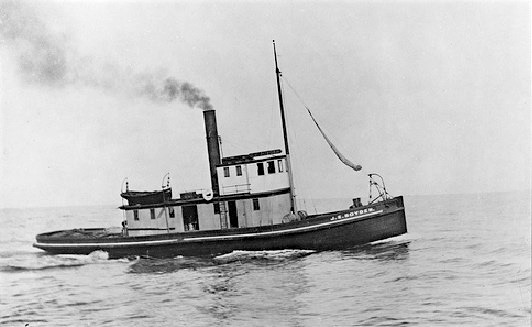
In 1896 the J.E. Boyden was involved in a large scale attempt to free a stranded square rigger, the British iron ship Kilbrannan. On Feruary 4th the Kilbrannan, a deepwater sailing vessel, attempted entering the Strait of Juan de Fuca without the assistance of a tugboat. Deciding to go ahead and brave the currents, she entered the Strait before a westerly breeze. Upon coming abeam of Race Rocks, the breeze turned into a full gale. Adding to the danger of the gale, she came along Point Wilson and was hit with very strong ebb currents which for several minutes held the iron bark abeam of the point. When there was a lull in the strong wind, the Kilbrannan was sent slowly astern.
A little before 2:30 am on February 5th, the large ship was forced into the eddy off the north side of the point, and drifted broadside onto the beach. The tide was ebbing, and the Kilbrannan was left alone high and dry on the beach.
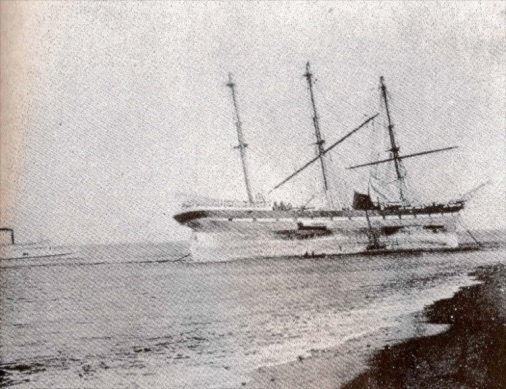
The next day the sea going tugs Tyee, Sea Lion, Richard Holyoke, Pioneer, and the powerful J.E. Boyden all combined forces at high tide to try and free the beached hulk. This went on for months, but to no avail. Finally a channel was dug, and she was set free of her hold, and towed back to Esquimalt drydock.
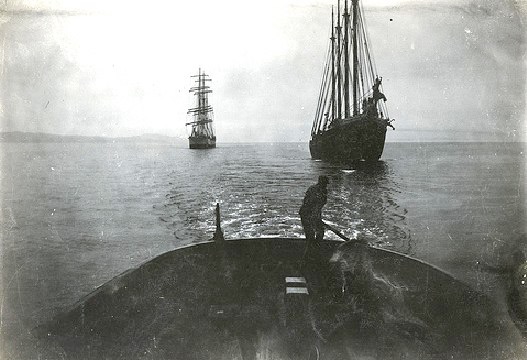
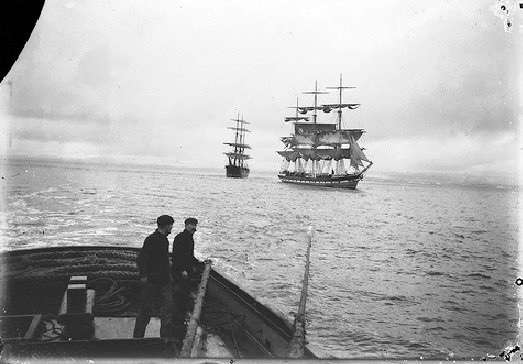
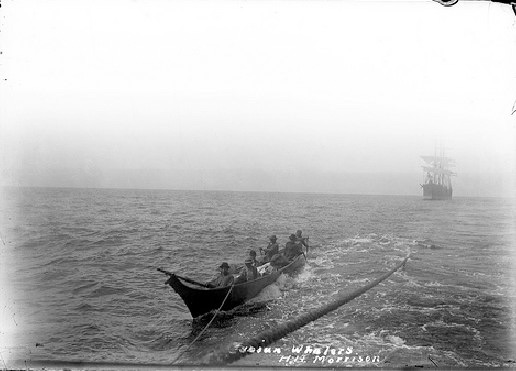
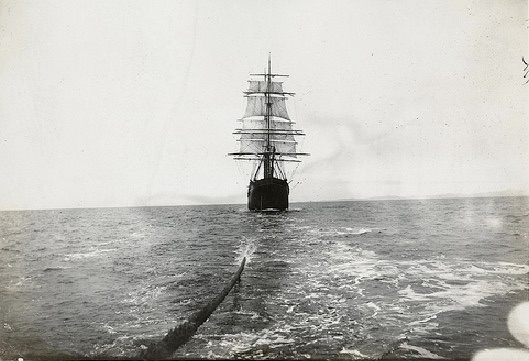
1906 brought change to the habitualness of the J.E. Boydens exceptional service to northwest Washington. Mackenzie Brothers Ltd. in Vancouver British Columbia bought the tug to join their fleet in the hauling of ore and coke (Solid residue from roasting coal in a coke oven) from Union Bay, Seattle and other coastal ports.
Later as shipments increased and with the Mackenzie Bros. then transporting everything from Copper ore, to livestock they needed more power and more deck space.
The Georgian II, a large tow barge was modified structurally in the way of overall strengthening, the construction of additional trusses and further arching of the deck. Two additional compartments were also added for livestock. Another large barge, the Canada, was further added to the quickly increasing fleet.
When the Boyden was purchased for service in 1906 it was one of these barges it routinely towed. Usually engaged in the ore trade, the Boyden would also tow the barges full of lumber and coal between ports on Vancouver Island and the lower mainland. In addition to the J.E. Boyden being deep in the commodities trade, it was likewise often chartered to move rail cars from Ladysmith to Vancouver for the Canadian Pacific Railway.
Being used for just about anything that could pay to keep her burning, the Mackenzie Brothers sought work for her towing log booms from Vancouver Island and up coast logging camps to lower Mainland sawmills. Considered one of the most efficient log towing masters of the world, E.F.Bucklin, piloted the J.E. Boyden, and it was said that in his 45 years of towing, he never lost a boom of logs.
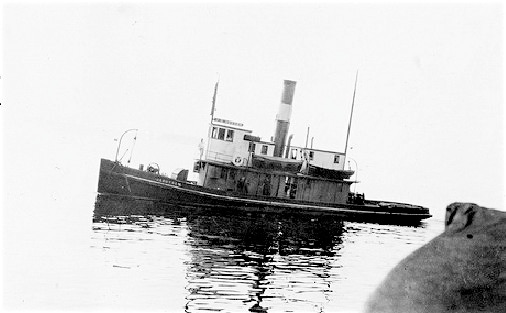
The Boyden remained in service for the Mackenzie Brothers until 1908 when it was sold to Boyden Tug Boat Co. Ltd. In Victoria, British Columbia.
In 1921 the Boyden was sold, once again, to the Pacific Tug Boat Company of Seattle, Washington. Here it remained in service until 1935 when it was stripped and abandoned, probably in the black stillness of night, to the middle of Lake Union where it was most likely quietly scuttled.
Its silent hull still lies there today in 40 feet of water.
Photos courtesy UW Archives, PSMHS


-
-Home
